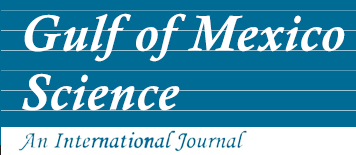Alternate Title
An Experimental Reef Program to Test Designs of an Artificial Reef for Kelp Mitigation
Abstract
An artificial reef is being planned to mitigate alleged losses of giant kelp and the invertebrate and fish communities associated with a kelp bed. The project's first step was to initiate comprehensive siting and design studies. A 25-yr time series of kelp surface canopy maps for a 100 km reach of coastline was entered into a GIS database and analyzed in conjunction with geotechnical and human-use information to define ecologically favorable and acceptable sites in the general area. A site was chosen near an area that appeared most promising in the primary study area. This study's field work determined that the design of the mitigation reef will not be straightforward and that an experimental phase to test various designs needs to be performed. We recommend that a low relief (0.5-1.5 m) reef with relatively high exposure to sand scour and occasional, partial burial be constructed in order to promote the establishment of kelp. Scattered rock and broken concrete at three different density spreads (17, 34, and 67%) on the bottom will be tested. This study has revealed that existing artificial reefs have not typically sustained a persistent kelp bed. This fact, therefore, makes the Phase I experiment even more critical than originally thought.
Recommended Citation
Deysher, L., T. A. Dean, R. Grove and A. Jahn.
1998.
An Experimental Reef Program to Test Designs of an Artificial Reef for Kelp Mitigation.
Gulf of Mexico Science
16
(1).
Retrieved from https://aquila.usm.edu/goms/vol16/iss1/10

